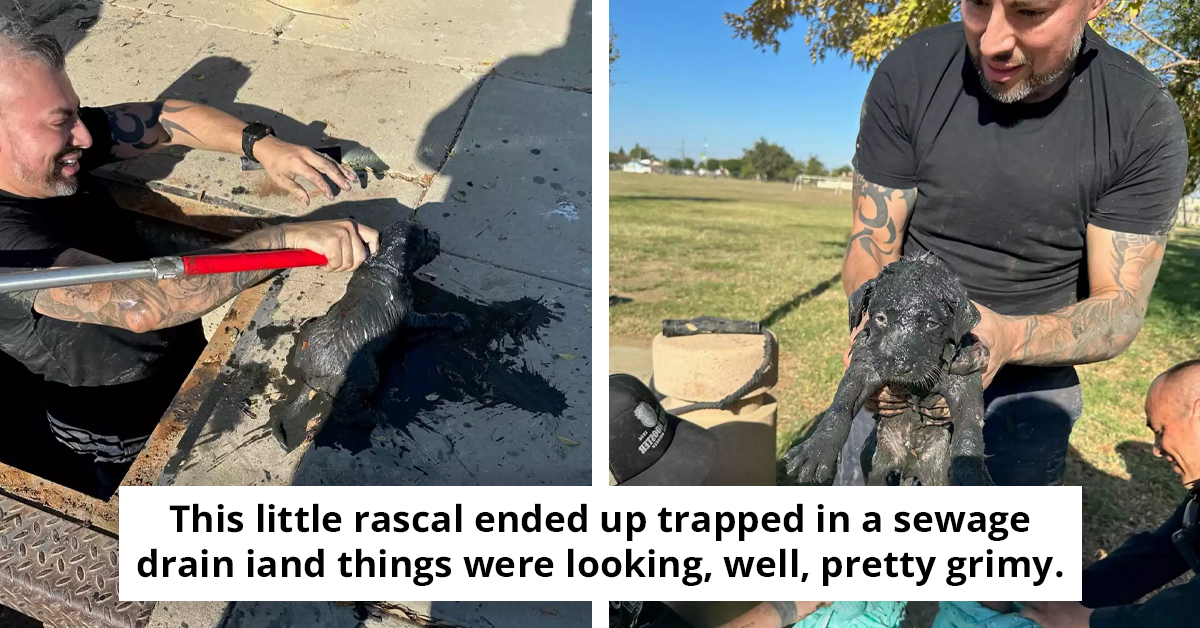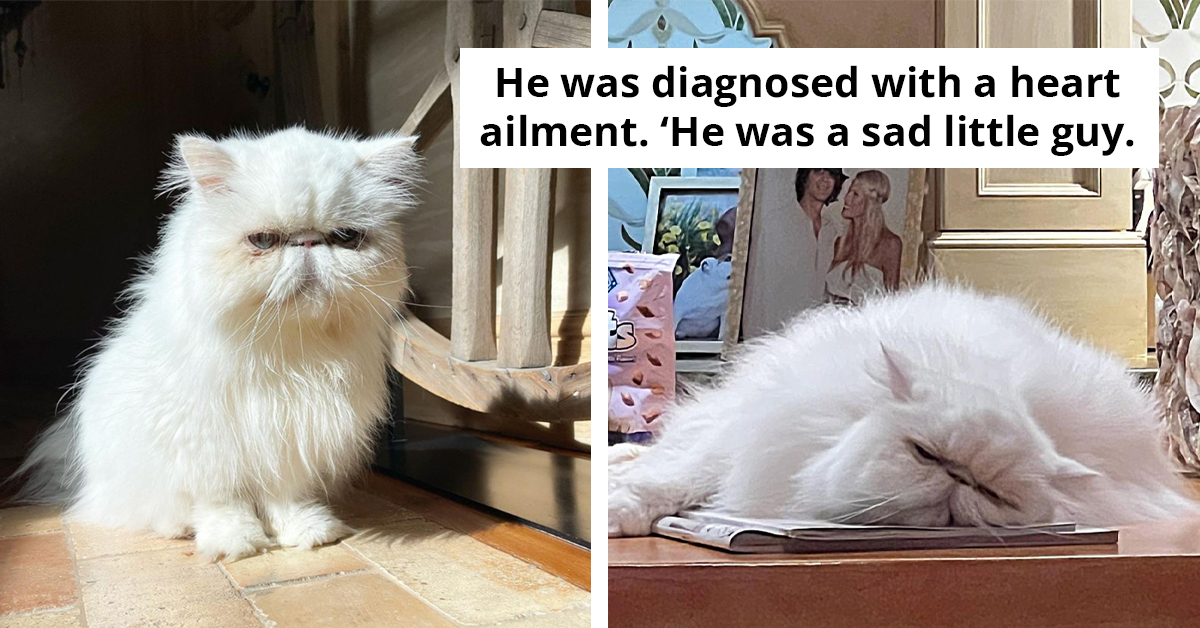Reddit User Asks People If A Cat From Germany Relocating To Japan Will Understand The Country's Local Cats
The sounds of cats are familiar to us. But have you ever wondered if a cat from another country can understand the 'language' of a cat from a different country?
User SarifTheGreat asked Reddit if a cat from Germany can understand cats from Japan. It received a variety of answers from other users.
What's the experts' take on this topic? Generally speaking, cats are considered to have universal language skills. So, to quickly answer the user's question: Yes, they can understand one another perfectly fine, regardless of where each one is from.
However, there are still slight differences between each cat and how they communicate. This, according to experts, is due to the accent or voice of the feline.
Cats coming from around the world will naturally have quite different meowing sounds and tones. Their meowing is among the communication methods we, humans, pay attention to.
Through the sounds they produce, we can usually determine if they're happy, scared, or angry. And these can vary from one country to another.
Studies reveal that cats' vocalizations are a particular behavior designed to communicate with their human companions. However, when it comes to cat-to-cat communication, they don't use meowing at all.
Reddit users have some great answers and real-life experiences to share. Let's take a look!
The million-dollar question

Short but sweet answer.
Typically, cats only meow to us, humans. The evidence behind this conclusion is that feral cats do not vocalize in this manner, unlike their domesticated counterparts.

Some users would like to think that they do speak different languages like us humans.

Understanding Cat Communication Across Cultures
While cats may not have the same language as humans, they do communicate through their body language and vocalizations. Research shows that cats use a variety of sounds to express different emotions and intentions, which can be understood by other cats regardless of their geographical location. A study published in the Journal of Feline Medicine and Surgery indicates that cats are capable of recognizing certain vocal cues and body movements from unfamiliar cats, suggesting a level of cross-cultural understanding among felines.
Moreover, their social structure and interactions play a significant role in this communication. For instance, when a cat moves to a new environment, it may take time to adjust to the local cat dynamics, but it can learn to interpret the new social cues through observation and interaction.
Understanding Inter-Cat Communication
The question of whether a cat from Germany will understand local cats in Japan taps into the fascinating area of animal communication.
According to behavioral research, cats have a sophisticated system of vocalizations and body language that conveys their needs and feelings.
Studies indicate that while cats may have distinct sounds influenced by their environment, their core communication methods remain similar across regions.
This suggests that cats, regardless of their location, can engage in a form of social interaction that transcends geographical boundaries.
Cat and bird comparison.
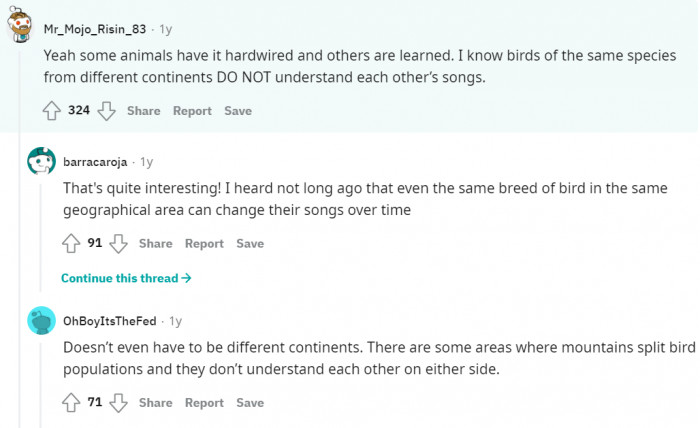
This user explains cat-to-cat communication.

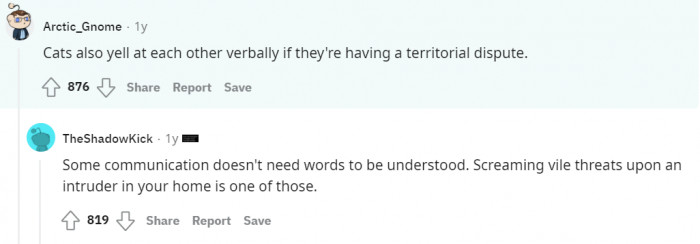
From a behavioral psychology perspective, environmental changes can significantly impact an animal's behavior. Cats are creatures of habit, and relocating can induce stress and anxiety due to unfamiliar surroundings and different social structures. According to Dr. Ramani Durvasula, a clinical psychologist, "Pets can experience anxiety similar to humans when faced with changes in their environment, which can lead to behavioral issues." To facilitate a smoother transition for a cat moving from Germany to Japan, owners can implement gradual acclimatization strategies. Introducing familiar items from the previous home, such as bedding or toys, can help ease anxiety and promote a sense of security in the new environment, as noted by Dr. Susan David, an emotional agility expert, who states, "Familiar objects can act as anchors, providing comfort during times of change."
Interestingly, a study published in the Journal of Animal Behavior points out that cats are highly attuned to social cues from other cats.
They can learn from their surroundings and adapt their communication style based on the behaviors of local cats.
This adaptability likely allows cats to establish social bonds, even when moving to a new country.
They would probably do.

More users are explaining how cats communicate with one another.

Some likened an aspect of baby humans with kittens.

The Role of Social Learning in Cats
Social learning theory, as proposed by psychologist Albert Bandura, suggests that individuals learn behaviors through observation and imitation. Cats, being social animals, are likely to adopt behaviors from their peers. This theory can explain how a German cat might eventually learn to communicate with local Japanese cats, even if they initially seem foreign to each other.
For example, if the local cats use certain postures or vocalizations that differ from what the German cat is used to, it may take time, but through observation, the cat can learn to respond appropriately. This adaptability is crucial for cats navigating new social settings and is supported by research in animal behavior.
Cultural Adaptation in Animal Behavior
When discussing the relocation of a cat from Germany to Japan, it's essential to consider the concept of cultural adaptation.
Research in animal behavior suggests that animals, much like humans, can adjust their social behaviors based on different environmental and social stimuli.
For instance, a study conducted by the University of Vienna found that pets can pick up on the emotional states of their owners and other animals, which can influence their interactions.
Therefore, if the German cat encounters different social norms among Japanese cats, it might adjust its communication style accordingly.
And the conversation about human babies continues.

No, they don't talk like Pepé Le Pew.

Some users included other animals in the conversation, in an effort to answer the question.

Moreover, the concept of attachment in animals, similar to humans, plays a significant role in how pets adapt to new situations. A theory developed by John Bowlby emphasizes the importance of secure attachments formed in early development, which can influence how animals respond to stressors later in life. If the German cat has a secure bond with its owner, it may cope better with the transition to Japan.
To strengthen this bond, owners can engage in interactive play and create a safe space for their cat to explore new surroundings at its own pace, which can alleviate stress and enhance its confidence in the new environment.
Moreover, understanding how cats perceive their environment can also shed light on this topic.
Behavioral scientists have shown that animals rely heavily on their senses—sight, sound, and smell—to interpret their surroundings.
In this case, the German cat may initially feel disoriented in Japan, but it will likely adapt through experience.
Nice observation!

Dogs seem to have language barriers when it comes to humans communicating with them.

Some guess that there's a learning process involved.
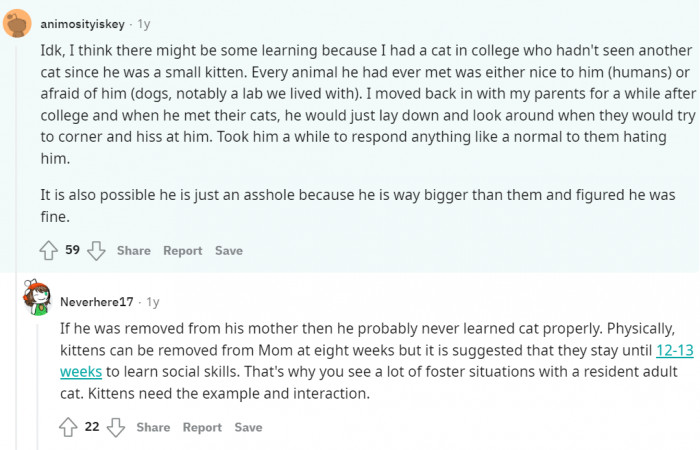
Practical Tips for Cat Owners
For owners relocating with their pets, understanding the adjustment period is crucial.
Experts recommend gradually introducing your cat to the new environment by allowing it to explore at its own pace.
Additionally, maintaining familiar routines and items can help ease the transition, as these provide a sense of security.
Moreover, socialization with other cats can be beneficial; supervised interactions can help your cat learn and adapt to different communication styles.
A first-hand experience

Then there are users who envy cats' language skills.

Cats do understand human language too!

Ultimately, while a cat may face challenges in understanding local felines at first, their innate ability to communicate and adapt will likely prevail.
Research shows that positive social interactions can enhance a cat's confidence and ability to navigate new social landscapes.
This underscores the resilience of animals, highlighting their capacity for learning and adaptation in unfamiliar environments.
An interesting point of view about communication and understanding.
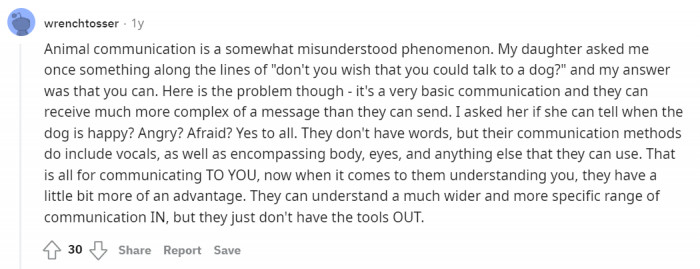
Poor cat.

Did you know that different studies have been conducted to determine the differences between international meows?
The experiment was conducted in Sweden, and you'll be surprised by the result. Scientists found that there are variations based on location.
In other words, our adorable felines are able to inherit our 'accents.' The way we talk and the language we speak will shape their responses to us humans.
Although this study doesn't reveal how cats communicate, it uncovers their ability to adjust their tones based on their communication. However, these accents have no impact on the way cats communicate with each other.
According to researchers, cats can vocalize in 100 variations of calls. However, not all of them are the primary method of communication.
Consider it an open channel. They use those sounds to guide us.
Psychological Analysis
It's fascinating to see how animals, including cats, navigate social landscapes, much like humans. They possess a remarkable capacity for adaptation and learning, which is crucial for their survival and social interaction.
Understanding these behaviors can help owners facilitate smoother transitions for their pets in new environments.
Analysis generated by AI
Analysis & Alternative Approaches
In conclusion, the ability of cats to adapt to new communication styles is a testament to their social nature.
Understanding their need for gradual acclimatization can lead to more successful transitions.
As research suggests, fostering positive interactions will enhance their adjustment and overall well-being.
Analysis & Alternative Approaches
Overall, understanding the psychological and behavioral frameworks that govern feline interactions can provide valuable insights into how a cat might adapt to a new culture. As research emphasizes, cats are capable of learning and adapting to their environments through social observation and attachment bonds.
Ultimately, creating a supportive and understanding environment is key to helping a cat navigate a move from one country to another successfully.


